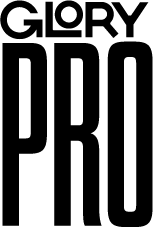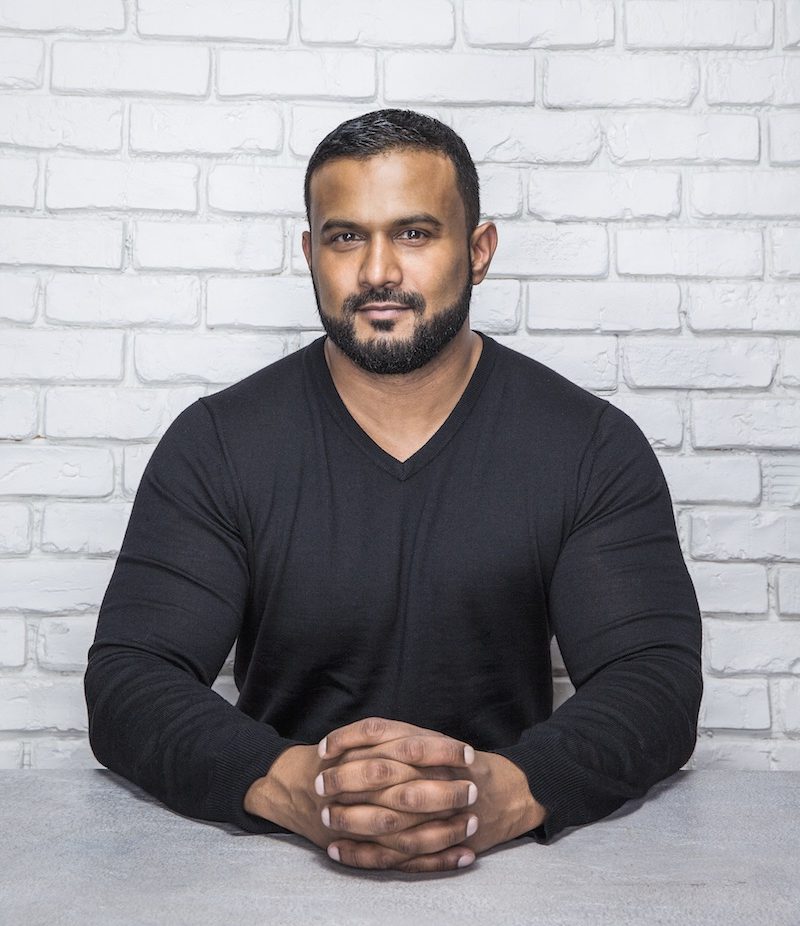Photos courtesy of Lightspeed
Interview by Bay Street Bull staff
For all its innovation and progress, the tech community has done a dismal job of creating an atmosphere that encourages diversity and equal opportunity. Dax Dasilva is looking to change that. He’s the creative mind behind Lightspeed, a Montreal-based company used by more than 50,000 customers globally that offers a suite of retail, hospitality, and ecommerce tools to streamline businesses (to the tune of $15 billion annually.) He sees diversity as a strength, and unlike some of his contemporaries, Dasilva has used it as a tool to empower his team, community, and contribute to Lightspeed’s bottom line.
How do you think the experiences of LGBTQA+ people lend themselves to the tech community that you don’t see, even in other minority groups?
A diversity in cultural or social communities brings different perspectives to the table, allowing for the creation of richer, more powerful solutions to complex problems. Without a doubt, diversity is a strength for our tech community.
In terms of the LGBTQA+ experience, what did you see was lacking in the tech community when you were building Lightspeed?
In the early days of Lightspeed, then called Xsilva in 2005, the team was entirely LGBTQA+ for the first few months and diversified naturally as we grew. As such, the team brought a creative and non-traditional fresh approach to our events and marketing. The intention wasn’t to create an LGBTQA+ company explicitly, but the openness, acceptance, creativity, and showmanship of our community cemented our company’s ethos from these early influences.
The tech industry has recently come under fire for its frat-style culture and treatment of women. How do you see it in terms of its attitudes towards the LGBTQA+ community?
Speaking from the Lightspeed and Montreal tech ecosystem perspective, I believe we have an environment where LGBTQA+ people can be empowered and contribute fully to the success of our tech companies. That isn’t the same everywhere. We have the duty to show the example. It’s conferences like Venture Out that showcase the Canadian tech community, and spotlight its essence of collaboration and innovation.
Why do you think companies still have such difficulty implementing diversity (across gender, sexuality, ethnicity, and age) as a priority in their hiring practices?
It takes work and effort to enlarge your circle and create space at the table to implement diversity, but it needs to happen for companies across the board. Tech companies in a fast-paced growth mode should take steps to prioritize this, and they will find that this investment of time is well worth it. If you listen to your employees and audiences, and take interest in their unique perspectives and experiences, it brings a whole other set of values, creative ideas, and growth opportunities for your business.
How does diversity contribute to the bottom line?
I often say that Lightspeed is a company that’s infused with culture just as much as code. When you celebrate differences and diversity, giving people the tools they need to succeed and offer a well-rounded environment to all your teams, I think the return you get from your employees in terms of motivation and morale is ten-fold.
You are a keynote speaker at Canada’s first LGBTQA+ tech conference, Venture Out. What do you hope people will walk away with from your talk that they didn’t have going in?
Venture Out is valuable for organizations and for individuals looking to grow in the tech space. Where the real value of Venture Out comes forward is that it showcases a group of leaders who have success in the industry. They’re vehicles of change for more inclusive practices and it removes some of the perceived barriers people might see in the industry. The tech community, at least in Canada, is committed to broadening inclusivity and I hope the audience leaves my talk understanding there’s a seat at the table.
What are words that you live by?
There aren’t necessarily words that I live by, but more ideologies of compassion and passion: being aware of the big picture impact of your day-to-day actions on where you work, where you live, and the environment.








